Fire Alarm Installation Glasgow
Are you taking the necessary precautions to protect your family, tenants, and home from the risk of fire? With the threat of fire becoming a growing concern, it is more important than ever to have a reliable and effective smoke, heat, and carbon monoxide detector system in your home.
At SparkMasterElectric, we understand the importance of professional fire alarm installation and maintenance services. Our team of expert electricians is trained to install interlinked fire alarms and smoke alarms to ensure that your home or business is protected from fire.
During the installation process, our electricians will assess your property’s unique fire safety needs and design a system that provides comprehensive coverage. We use only the highest quality fire alarms and smoke detectors and follow all safety standards and regulations to ensure that your system operates correctly.
Fire safety is critical in both homes and businesses, and installing interlinked fire alarms and smoke alarms is essential to ensure that your property is protected from fire.
we provide professional fire alarm installation services that will give you peace of mind knowing that you have a comprehensive fire safety system in place.
Contact us today to get free quote and learn more about our fire safety services and how we can help you protect your property.
Why Interlinked Fire Alarms And Smoke Alarms Are Essential
As a leading electrician in Glasgow, SparkMasterElectric understands the importance of fire safety in homes and businesses.
One of the most critical components of fire safety is the installation of fire alarms and smoke detectors.
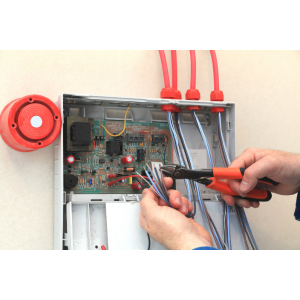
Smoke And Heat Alarms: A Guide To Scotlands New Regulations
As of February 2022, homeowners and landlords in Scotland are required to comply and adhere to new regulations concerning the installation of smoke and heat alarms.
These regulations have been put in place to ensure the safety of all occupants in residential properties in Scotland.
In this guide, we’ll explain the new regulations and what they mean for homeowners and landlords.
Smoke Alarm In Every Circulation Space
The new regulations stipulate that smoke alarm must be installed in every circulation space on each level of the property, such as hallways and landings. This means that there should be a working smoke alarm in every hallway or landing on each floor of the property.
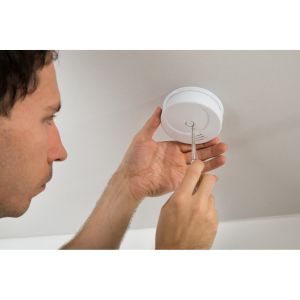
Smoke Alarms In The Most Frequently Used Room
In addition to the smoke alarms in circulation spaces, there should be a smoke alarm installed in the room that is most frequently used for general daytime living purposes. This could be a living room or family room.
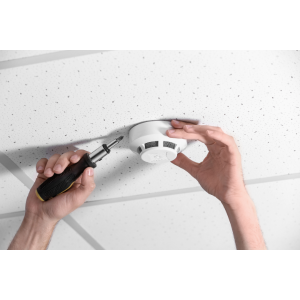
Heat Alarms In Every Kitchen
A heat alarm must be installed in every kitchen. This is because a smoke alarm may be triggered unnecessarily by cooking fumes, but a heat alarm is designed to detect high temperatures and will only be triggered if there is a fire.
Carbon Monoxide Alarms
If there is a carbon-fuelled appliance in the property, such as a boiler, log burner, open fire, or heater, a carbon monoxide alarm must be installed.
This is to detect the presence of carbon monoxide and ensure adequate carbon monoxide protection , which is because carbon monoxide detectors a colourless and odourless gas that can be deadly.
Existing Alarms
If you already have smoke and heat alarms installed in your property, it’s important to ensure that they are interlinked. This means that all alarms will sound if one is triggered.
Conclusion
The new regulations for smoke and heat alarms in Scotland are designed to improve the safety of occupants in residential properties.
By ensuring that smoke and heat alarms are installed in the appropriate places and are interconnected, occupants will have more time to evacuate in the event of a fire.
Remember to install a carbon monoxide alarm if you have a carbon-fuelled appliance, and make sure that existing alarms are interlinked.
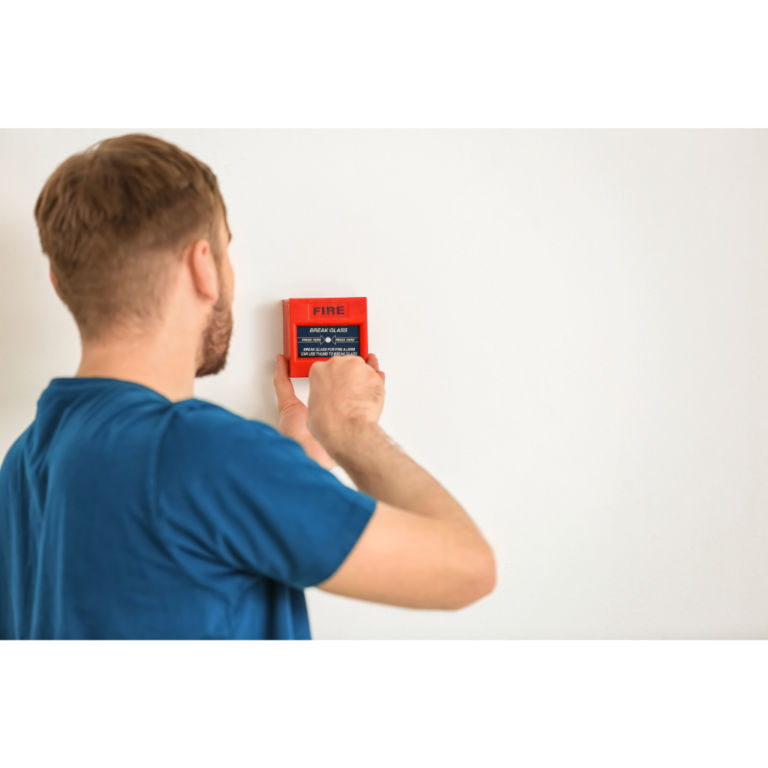
Since February 2023 All Homes In Scotland Should Have
Smoke alarms in every circulation space on each level, such as hallways and landings.
Smoke alarms installed in the room most frequently used for general daytime living purpose.
Heat alarms installed in every kitchen.
All smoke and heat alarms should be mounted on ceilings & interlinked.
Carbon monoxide alarms to be fitted where there is a carbon-fuelled appliance (e.g. boiler, log burner, open fire or heater). The carbon monoxide alarm does not need to be connected to the fire alarms
This applies to all Homeowners and Landlords.
If You Already Have Alarms Fitted, You Need To Check That They Are Interlinked
Interlinked fire alarms and smoke alarms are essential components of any fire safety system.
When it comes to protecting homes and businesses from the devastating effects of fire, it is important to have a comprehensive system in place that can detect smoke and fire in multiple locations.
One of the key benefits of interlinked fire alarms and smoke alarms is that they provide an early warning system.
If a fire starts in one area of the building, the interlinked alarms will sound in all areas of the building, alerting occupants to the potential danger.
This is particularly important in larger buildings, where a single smoke alarm may not be sufficient to detect smoke or fire in all areas.
In addition to interlinked fire alarms, smoke alarms are another critical component of fire safety. Smoke alarms are designed to detect smoke particles in the air and sound an alarm to alert occupants of the potential danger.
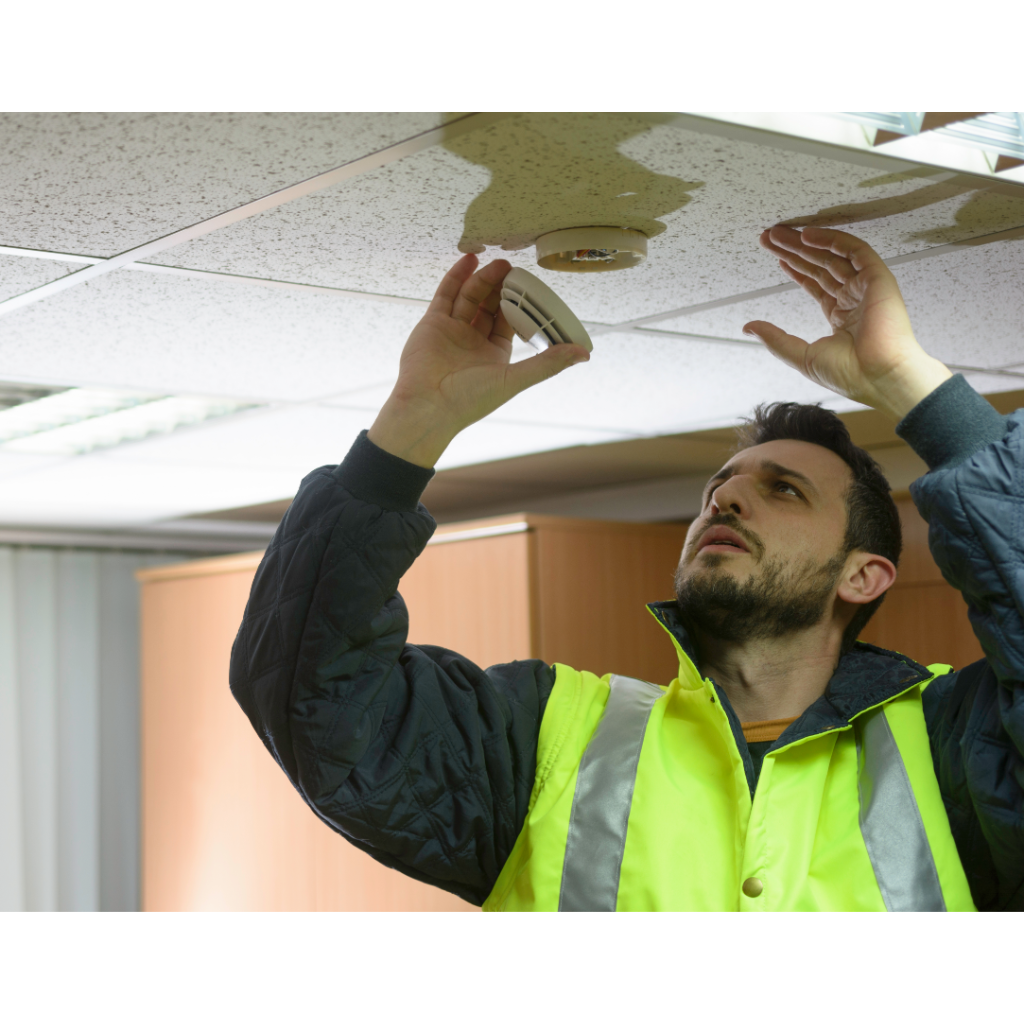
Who Installs Smoke Alarms UK?
In short a competent person trained to do so, these alarms are most effective at detecting fast-burning fires, such as those caused by paper or wood.
Photoelectric smoke alarms use a beam of light to detect smoke particles. These alarms are most effective at detecting slow-burning fires, such as those caused by smouldering upholstery or electrical wiring.
To provide comprehensive fire safety, it is recommended to install a combination of ionisation and photoelectric smoke alarms.
This will ensure that all types of fire hazards are detected and that occupants are alerted to the potential danger in a timely manner.
Overall, interlinked fire alarms and smoke alarms are critical components of any fire safety system.
They provide early warning of potential fire hazards, even in the event of a power outage, and are designed to detect both fast and slow-burning fires. By investing in a comprehensive fire safety system that includes interlinked fire alarms and smoke alarms, you can protect your home or business from the devastating effects of fire.
Importance Of Interlinked Fire Alarms System
Interlinked fire alarms are essential because they provide an early warning system that detects smoke and fire in multiple locations. If a fire occurs in one area, all linked alarms will sound, alerting occupants of the potential danger.
This is especially important in larger buildings, where a single smoke alarm may not be sufficient to detect smoke or fire in all areas.
Additionally, interlinked fire alarms systems can be installed with a battery backup, ensuring that they continue to function during power outages. This is particularly important during a fire emergency when power may be lost, and the interlinked alarms need to operate.

Smoke Alarm System
Ionisation smoke alarms detect smoke particles using a small amount of radioactive material. These alarms are most effective at detecting fast-burning fires, such as those caused by paper or wood.
Photoelectric smoke alarms use a beam of light to detect smoke particles. These alarms are most effective at detecting slow-burning fires.
it is recommended to install a combination of ionisation and photoelectric smoke alarms.
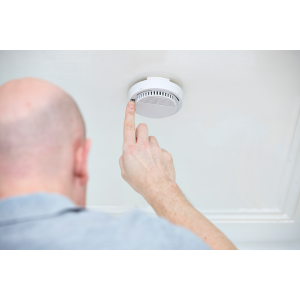

Smoke Alarms
Smoke alarms are another critical component of fire safety. They detect smoke particles in the air and sound an alarm to alert occupants of the potential danger. There are two main types of smoke alarms: ionisation smoke alarms and photoelectric smoke alarms.
FAQ
How much does it cost to install smoke detectors in Scotland?
The cost of installing smoke detectors in Scotland can vary depending on factors such as the number of detectors and the type of system, but it typically ranges from £100 to £500.
Do the fire brigade fit fire alarms for free?
Yes. the fire brigade believe the best way to stop fires in any building is to first start with prevention. they offer a service which starts with a visit to your home and access the safely of your dwelling. they will fit free smoke alarms if you need them.
